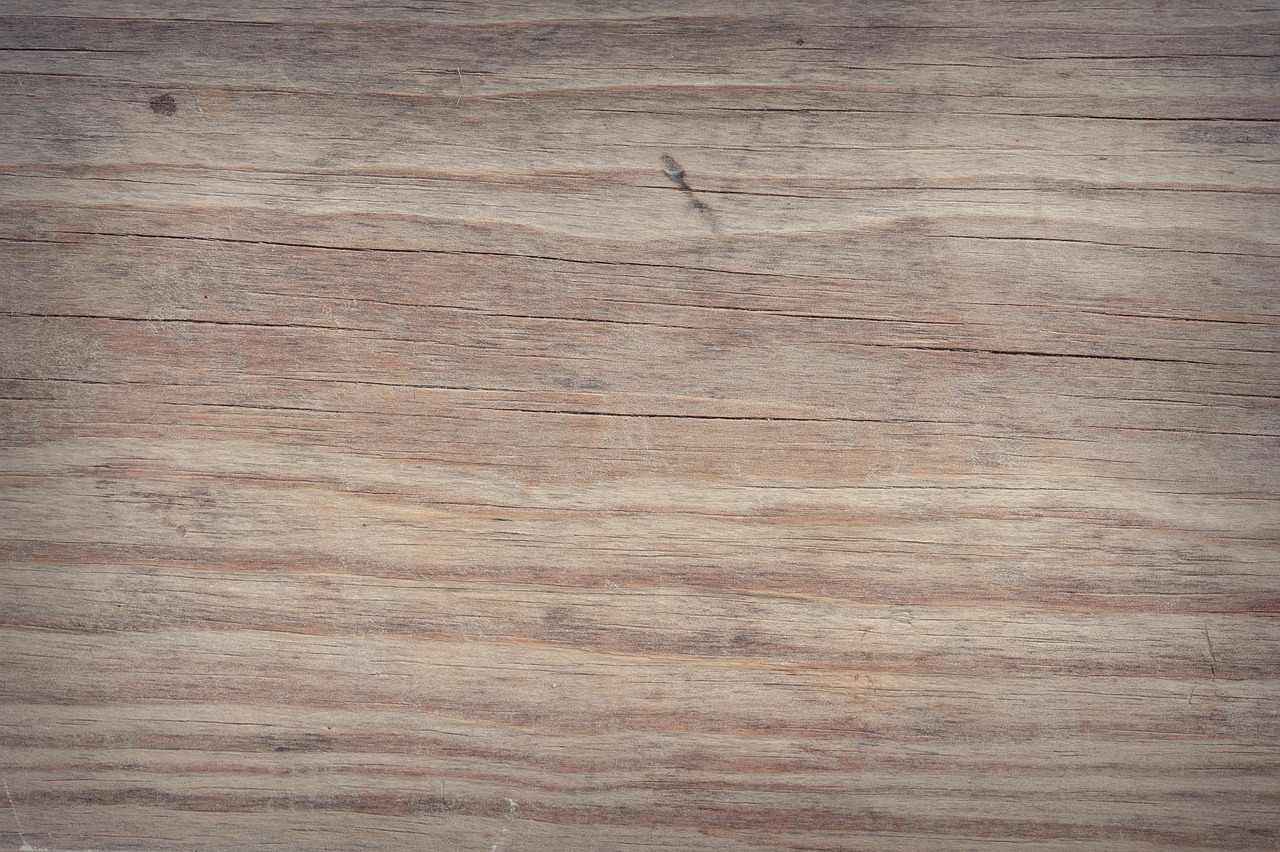Restoring Architectural Heritage through Thoughtful Home Improvement
Preserving historical buildings is crucial in maintaining the cultural identity and heritage of a community. These architectural gems serve as tangible reminders of the past, providing a connection to our roots and offering insight into the history and traditions of a particular time period. By conserving these structures, we are not only safeguarding our history but also enriching the character and charm of our surroundings.
Furthermore, historical buildings contribute to the economic development of a region by attracting tourists and promoting cultural tourism. These landmarks often serve as popular tourist destinations, drawing visitors from far and wide who are eager to explore the unique charm and historical significance of these structures. By preserving historical buildings, we are not only preserving our past but also investing in the future prosperity of our communities.
Understanding the Value of Architectural Heritage
Architectural heritage holds a significant place in preserving a community’s identity and history. Historical buildings not only serve as tangible links to the past but also contribute to the unique character of a place. They tell stories of bygone eras, architectural styles, and the people who inhabited these spaces, offering a glimpse into the cultural and societal fabric of a particular period.
Understanding the value of architectural heritage extends beyond mere aesthetics; it plays a crucial role in shaping the identity of a city or town. These structures serve as a reminder of the evolution of architectural practices and the craftsmanship of earlier generations. By conserving historical buildings, we are not just safeguarding physical structures but also honoring the legacy and heritage of our ancestors, fostering a sense of pride and continuity among present and future generations.
• Preservation of architectural heritage helps in maintaining a sense of continuity and connection with the past
• Historical buildings contribute to the overall cultural landscape of a community
• Architectural heritage can attract tourism and stimulate economic growth in a region
• Conservation efforts promote sustainable development practices and environmental awareness within communities
Challenges in Maintaining Historical Homes
Preserving historical homes poses various challenges that require careful consideration and planning. One significant issue is the high cost associated with maintaining these buildings, as they often require specialized materials and skilled labor for restoration work. In addition, strict regulations and guidelines must be followed to ensure that the historical integrity of the home is preserved, which can sometimes be a lengthy and complex process.
Another challenge faced in maintaining historical homes is the need for ongoing maintenance to prevent deterioration over time. The unique design and materials used in historical buildings can make them more susceptible to damage from weather, pests, and other environmental factors. Finding experts who are knowledgeable about historical preservation techniques can be difficult, and ensuring that any renovations or repairs are done correctly is crucial to safeguarding the home’s historical significance for future generations.
Why is it important to preserve historical buildings?
Preserving historical buildings allows us to maintain a connection to our past, showcasing the architectural and cultural heritage of our society for future generations to appreciate.
What is the value of architectural heritage?
Architectural heritage not only serves as a physical representation of our history, but also contributes to the character and identity of a community. It can also attract tourists and boost the local economy.
What are some common challenges in maintaining historical homes?
Some common challenges include balancing the need for modern updates with preserving historical integrity, dealing with deteriorating materials, navigating strict preservation regulations, and funding restoration projects.







